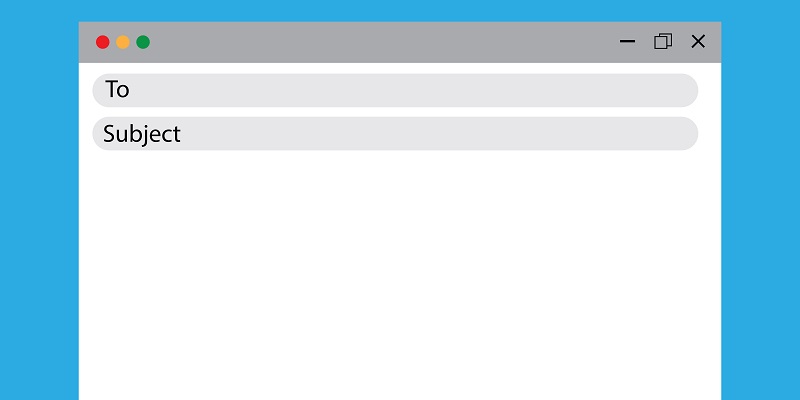As a marketer, you want to make sure your email campaigns are not only effective but also engaging for your audience. But how can you create content that resonates with them? That’s where knowing your audience comes in. Understanding their demographics, preferences, and behaviors can make all the difference in crafting the email marketing strategy that yields results. In this article, we’ll explore various ways to get to know your audience and how to leverage that knowledge to create effective email marketing campaigns.
Demographics, Preferences, and Behaviors
Your audience’s demographics, preferences, and behaviors are the three main factors that affect the content they will respond to. Demographics refer to characteristics such as age, gender, location, education, and income. Preferences relate to the types of content, products, or services they gravitate towards. Behaviors, on the other hand, relate to how they interact with your content, such as the time they spend reading your emails or making a purchase.
Researching audience demographics
One way to gather information on your audience is to use search engines like Google to look for demographic data. The easiest method is to conduct a keyword search and include the word “demographics.” For example, if you run an online clothing store for women in their 20s and 30s, you might use the keyword “women’s fashion” + “demographics” to obtain data that includes demographic, geographic, and psychographic insights. This approach can provide a solid understanding of who your customers are, what they’re interested in, and what motivates their purchase decisions.
Surveying your audience
While researching demographics is a good starting point, surveying your audience can provide even deeper insights into their preferences and behaviors. You can create a survey form using popular tools like Google Forms or Typeform to ask your audience about their buying habits, the types of content they prefer to read, and what motivates them to open your emails. You can also use surveys to gather feedback on specific campaigns and tailor your future emails accordingly.
Analyzing audience buying habits
The best way to figure out what your audience wants is by analyzing their buying habits. By identifying the products, services, or content that they frequently engage with, you’ll have a good idea of their preferences. For instance, if you notice that your audience consistently purchases certain products, you might consider creating bundles or promotional offers to upsell them. Also, by reviewing purchasing trends over time, you can identify the most successful products, understand customer lifetime value, and adjust your email strategy accordingly.
Using Autoresponders
Most autoresponders come equipped with built-in tracking tools that allow you to analyze your audience’s response to different campaigns. You can track the topics they respond to, the offers they buy, and the format of your content to find out which ones resonate the most with your audience. Some autoresponders even offer A/B testing, which lets you run two different email campaigns to see which one performs better. By analyzing the results, you can optimize your email marketing strategy and continually improve it.
Testing one thing at a time
Testing is a crucial step in developing a successful email marketing strategy. However, it’s important to test only one variable at a time and hold the others constant. This way, you can accurately identify which elements of your email campaigns are driving engagement and which are deterring it. For instance, you might test different subject lines or preheaders to see which ones lead to higher open rates.
Benefits of testing
Testing is not only essential for understanding how your audience responds, but it’s also a great way to maximize the effectiveness of your email marketing campaigns. By identifying what works and what doesn’t, you can establish best practices, improve your overall strategy, and drive better results. Additionally, you can use this knowledge to create more relevant content and promotions that will capitalize on your audience’s interests and preferences.
In summary, knowing your audience is essential for creating effective email marketing campaigns. By researching demographics, surveying your audience, analyzing their buying habits, testing, and analyzing campaign performance, you can tailor your content and promotions to your audience’s preferences and behaviors. Consequently, you will maximize the effectiveness of your email campaigns, increase engagement, and ultimately convert more subscribers into customers.

